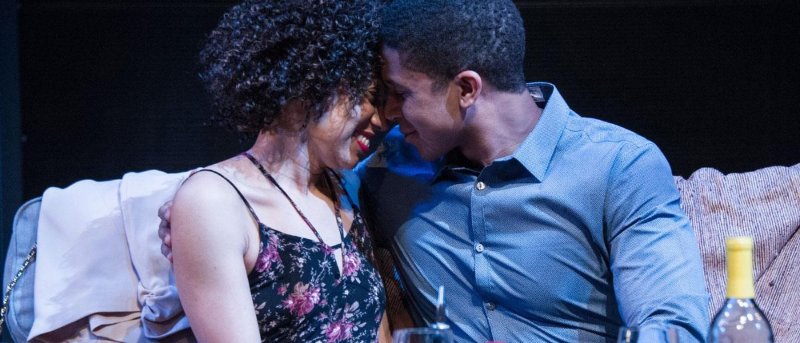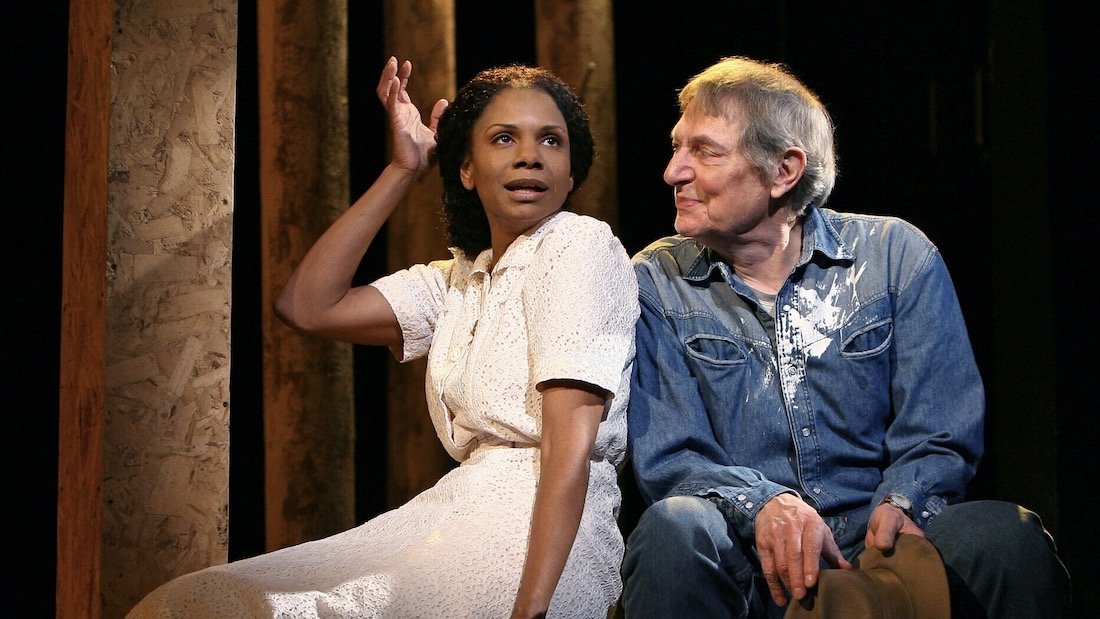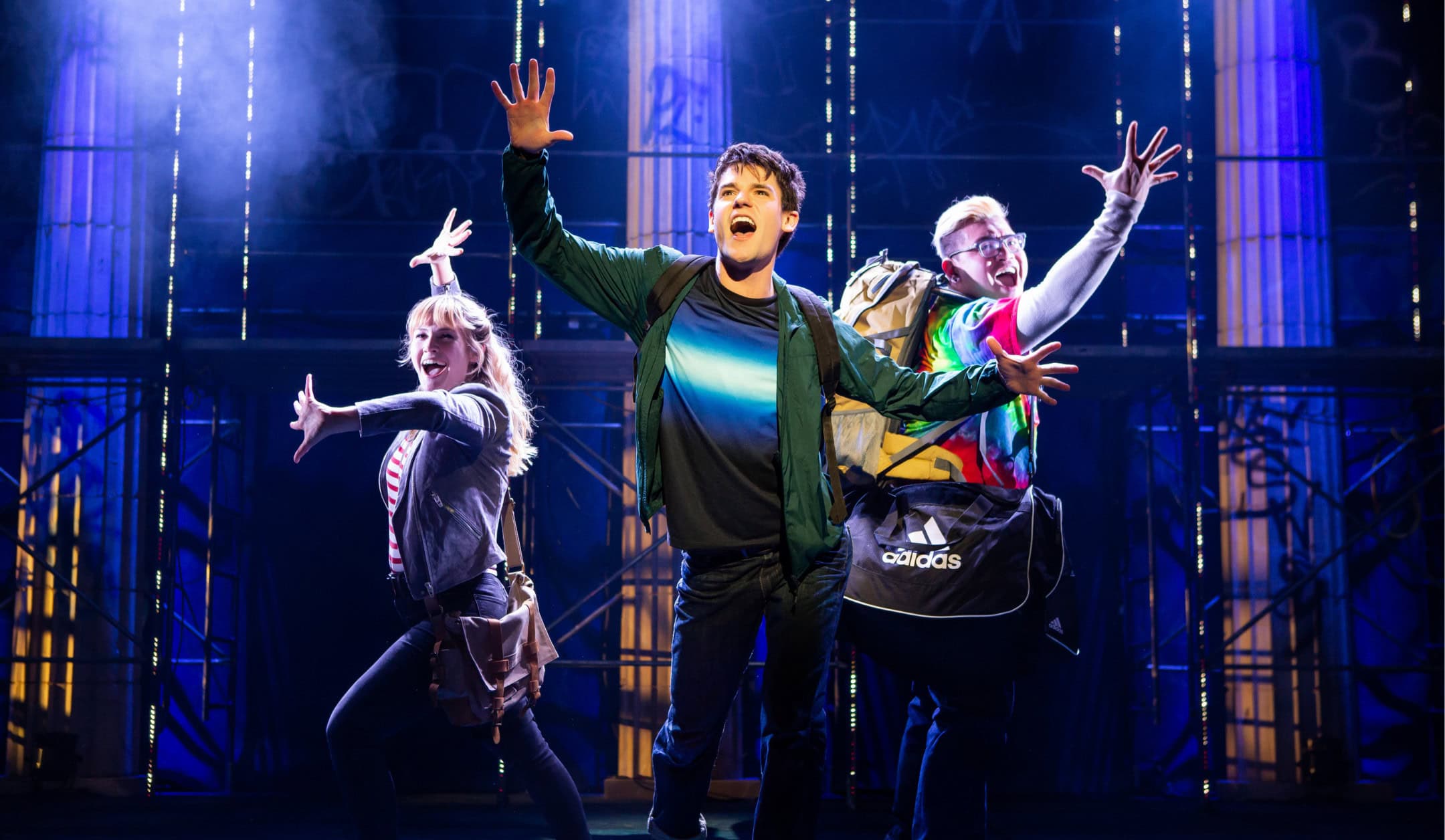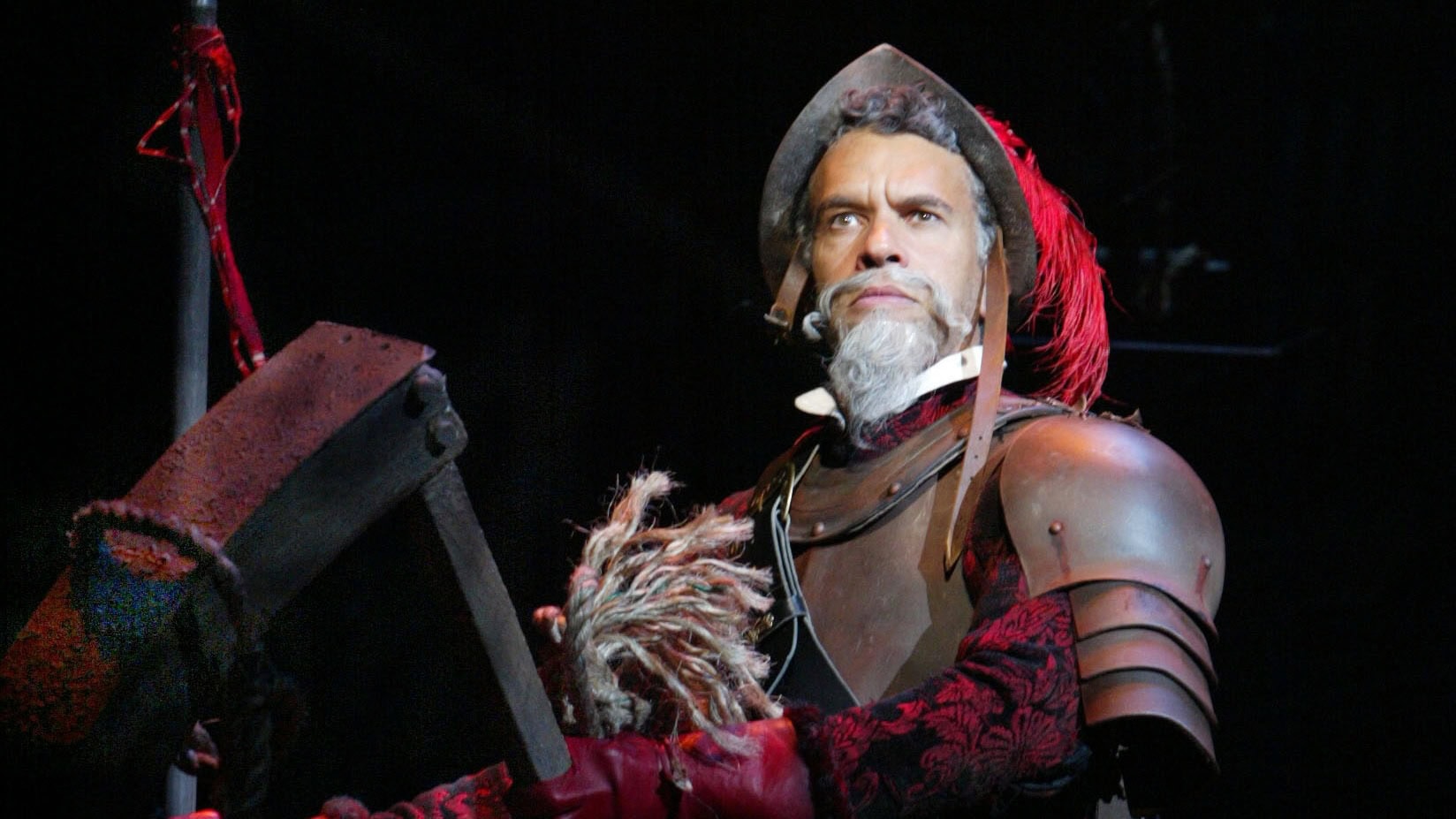
The first time I read Smart People by Lydia Diamond, I got to the end and took a long, deep breath.
There were so many thoughts in my head but this one took the lead:
The four smart people in the play are kind of unlikeable… right?
I found myself both desiring, craving and hungry to direct this play, while also completely challenged by the idea of it.
I called playwright Lydia Diamond.
“Talk to me about these characters,” I requested.
“I love these four people,” she gushed. “I want to be at a dinner party with these folks.”
As we continued to talk through each of them. It became clearer and clearer to me that, for my production, this wouldn’t be a play about four people fighting racial constructs, but rather four very smart people who are fighting to be seen and seeking to be loved but race and science get in the way.
It also became clear to me that I needed to “get smart,” in order to direct this smart play.
I called up my friend who is a psychologist in Seattle, “Would you be willing to read this play and help me understand what kind of psychologist Ginny is?” She not only did that, she also recruited two Asian American psychologists to also read the play and the four of us shared a conference call to dig into the character of Ginny from the perspectives of people who share her profession and status. Then they connected me with the American Psychological Association (APA) in Washington, D.C. After a few meetings, they decided to organize a “Psychologists Night” at the play, using the play as an opportunity for 50 members of the APA to network and discuss race and racism in the field of psychology.
I began to feel smart.
I needed to learn how an EEG works to understand the character Brian’s research. I googled neuroscientists in the D.C. area and found the Brain and Behavior Initiative at the University of Maryland. I emailed them, sharing my needs. A couple of phone calls later, they set me up with a lab visit with one of their faculty members who incorporates EEG technology in her research. She gave me a brief lesson on the mechanics of the technology. I read to her sections of the play that describe the Brian’s research, and she shared her interpretation and opinion of the research. A few more conversations later with all the folks from the Brain and Behavior Initiative, they looped in their Associate Dean, and determined that this play was an opportunity to serve their interdisciplinary curricular needs as well as their desire for “engineers and scientists to experience art.” They organized 200 students and faculty to see the show with a pre-show talk from me and their Associate Dean, and a post-show conversation with the cast.
I felt a little more smart.
More calls to more experts: Arena’s development staff connected me to donors in our circles who work in healthcare and could talk me through the hospital hierarchy that the character Jackson is enduring. Another doctor in the Arena tribe came to rehearsals to teach the cast, stage management, our props and costume directors, and me how to do sutures. I had meetings with the Asian Pacific American Institute of Congressional Studies (APAICS) and we connected the dots between the character Ginny’s experience in the play and APAICS’ mission. They organized their staff and interns to see our first preview. I met with Georgetown University neuroscientists, psychologists and theater professors, champions of social justice at George Mason and Georgetown Universities, and professors of African American and Asian American studies across the DC region.
Smarter, smarter, smarter.
These smart people not only helped me understand the content of the play in a deeper way, they also saw the value of this show to achieving their own goals and objectives. Through this “Consensus Organizing for Theater” process, we engaged over 40 experts who made me smarter and who bought tickets for 335 new audience members to see the show.
The Co-Directors of the University of Maryland Brain and Behavior Initiative wrote to their University’s leadership:
Our University of Maryland Brain and Behavior Initiative continues to build a culture that includes both brain research and the arts. Last night our unique partnership with Arena Stage in Washington, D.C., gave UMD undergraduate and graduate students from seven different colleges the chance to see the play, Smart People by Lydia R. Diamond….
Everything worked together to make the evening a memorable experience for our students and UMD faculty who attended…We received many positive comments from our students, both before and after the play. We believe this once more shows the significant impact of interdisciplinary education and research that our institution offers them. We look forward to building upon this unique relationship with Arena Stage and to future collaborations with them.
But the smartest of all were the actors, designers, stage management team and crew of Arena Stage. These artists and artisans smartly put it all together. Please allow me to pay homage to these smart people from our production at Arena Stage:
Artistic Director of Arena Stage: Molly Smith
Actors Lorene Chesley, Gregory Perri, Sue Jin Song, and Jaysen Wright
Scenic Designer Misha Kachman
Costume Designer Dede Ayite
Lighting Designer Xavier Pierce
Projection Designer Jared Mezzocchi
Sound Designer Andre Pluess
Wig Designer Anne Nesmith
Vocal Coach Zach Campion
Dramaturg Paul Adolphsen
Directing Intern Kelly Galvin
Stage Manager Kurt Hall
Assistant Stage Manager Kristen Mary Harris
Production Assistant Niew Bharyaguntra
Production Manager Joel Krause
Running Crew: Mick Coughlan, Alina Gerall, Adelle Gresock, Kyle Handziak, Adam “AJ” Johnson, Amanda Srok, Paul Villalovoz
This amazing Production/Operations Department at Arena Stage
Directing Smart People put in me direct contact with real life smart people and smart artists, who generously shared their expertise and contributed to the pursuit of artistic excellence for this production – a robust reminder to always surround yourself with people far smarter than you.
To purchase a copy of Smart People click here, and to learn more about licensing a production, click here.

Plays that Inspired Musicals

QUIZ: Which Character from The Lightning Thief Are You?

